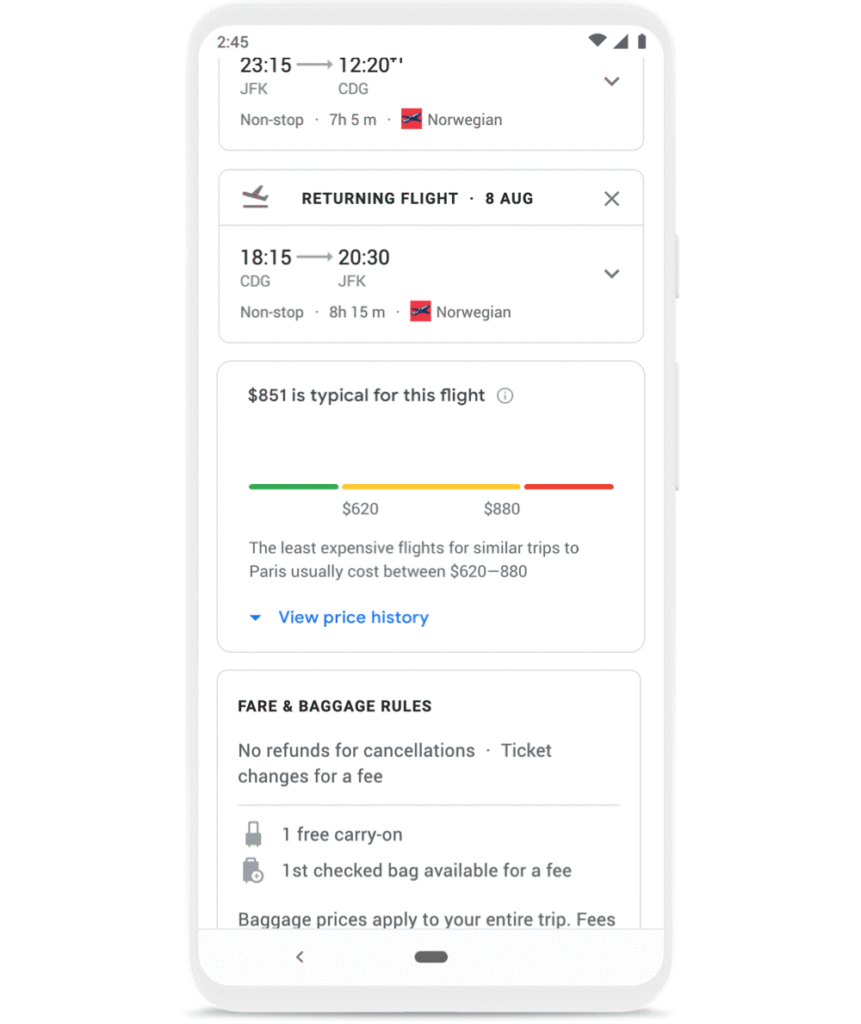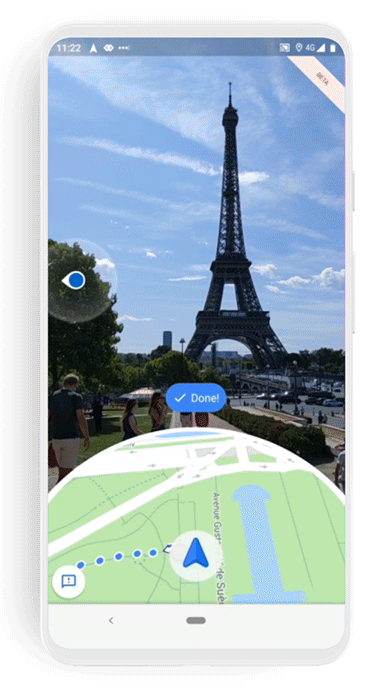Nearly every brand is being impacted by the novel coronavirus pandemic and forced to continually adapt during this very fluid situation. It’s more important than ever to stay in contact with and effectively communicate updates to your customers.
Has your business made changes to its hours of operation? Have you implemented any changes to help ensure the safety of both your employees and customers during this time of uncertainty? Have there been any changes to the products and/or services you offer or the method in which you are able to offer them? If you can answer ‘yes’ to any of these questions, you’ll want to ensure that you’re keeping your customers informed by making consistent updates across your website, Google My Business profile and paid media efforts.
Website Updates
Ensure your website is up to date and provides relevant information to your customers during this time of change and uncertainty. Here are suggested updates you can make:
- Incorporate a COVID-19 FAQ page on your website.
- Have business operations changed?
- What measures has your company taken to ensure that your employees and customers are safe?
- How has your product or service offering been affected?
- Are you currently offering all services and/are any products out of stock?
- Are customers obtaining products or services in a different way?
- Are you offering any new products or services during this time that you’d like your customers to be aware of?
- Should customers expect delays for services or product deliveries?
- Implement a COVID-19 update banner throughout your website to provide more visibility to the COVID-19 FAQ page. This way no matter where a customer enters the site, the COVID-19 information will not be missed.
- Publish updated hours of operation on your website. If hours continue to change, make sure to continuously update your website.
- If you’re using a new phone number during this time, display the number on your website. Update your call tracking setup to include all phone numbers you’d like to track.
- Utilize call tracking to influence additional website updates. Listen to call recordings and read call highlights to see what customers are saying. This will provide a great deal of insight into what questions or concerns they have as well as guide you in better communicating with them during these times. Add their questions and concerns to your FAQ page.
Google My Business Profile Updates
Ensure that your Google My Business profile is kept up to date to provide accurate information to your customers. These updates will show on your Business Profile in Google Maps and Google Search. Mindstream Media Group clients should contact their representative to have updates submitted immediately and monitored to confirm they go live. Suggested updates include:
- For businesses that are open but have altered hours of operation, special hours can be set instead of adjusting regular hours or marking the business temporarily closed. However, special hours are only available if regular business hours were previously set. If not, regular hours will be adjusted.
- If an entire business or a specific location is closed during this time, it can be marked as temporarily closed.
- Include additional or specific products or services being provided to the community and any expected delays in the business description.
- Add a COVID-19 update post to your profile. This post will likely provide the most important information from your COVID-19 FAQ page. Note updated hours of operation and closures, changes in business operations, requests for support and changes in internal procedures. It’s important to note that phone numbers cannot be included; they will be rejected by Google.
Paid Media Updates
Paid media campaigns should be updated as well to align with changes that may have been made to your business, account for changes to consumer behavior and to ensure they are appropriate during this time. Mindstream Media Group is working with our clients to make updates across all platforms. If you don’t have an agency partner to assist you with adjustments, here are a few things to consider.
- Pause any efforts promoting products that are out of stock/cannot be fulfilled or services that cannot be offered at this time.
- The time of day in which consumers are browsing online has likely changed significantly. Update platform ad scheduling based on performance and adjust to align with new hours of operation when applicable.
- Update device targeting based on performance. With those in many states being confined to their homes, the way in which audiences consume media has also changed. For example, if you’re receiving higher conversion rates from desktop devices, increase your emphasis on desktop device targeting accordingly.
- Evaluate creative messaging to ensure it’s appropriate and not insensitive during this time.
- Not all existing creative messaging requires an update. Messaging based on who a company is, what products or services they offer and any relevant information applicable to customers should remain intact.
- Update ad copy messaging aimed at driving consumers in-store if necessary due to COVID-19 limitations.
- Include additional copy that lets your customers know you are there for them. Be sure to also provide relevant updates to your customers.
- Create an audience based on visitors to your COVID-19 FAQ page. Once normal business operations resume, this audience can be retargeted with special messaging regarding product/service availability.
- Leverage call tracking to influence paid media creative. Call recordings can provide great insight into consumer questions and concerns and aid in communication with your audience. Ad copy and creative can also be adjusted to help answer their questions or address their concerns.
Although every industry is different, all are feeling the impact of this unprecedented health crisis. Media and marketing strategies must be adjusted to accommodate changing consumer needs and media consumption behavior. It’s more important than ever to leverage resources including your website, GMB profile and paid media campaigns to keep your customers informed and engaged with your brand.



 Source: Google
Source: Google![[Infographic] – 17 Questions To Help Decide If Now Is The Right Time For That Review](https://mindstreammediagroup.com/wp-content/uploads/2018/06/Search-Solutions-on-Home-Page-original-scaled.jpg)


![[SEPTEMBER 2019] Google Says Goodbye to Average Position](https://mindstreammediagroup.com/wp-content/uploads/2017/03/Googleplex-featured-image.jpg)







